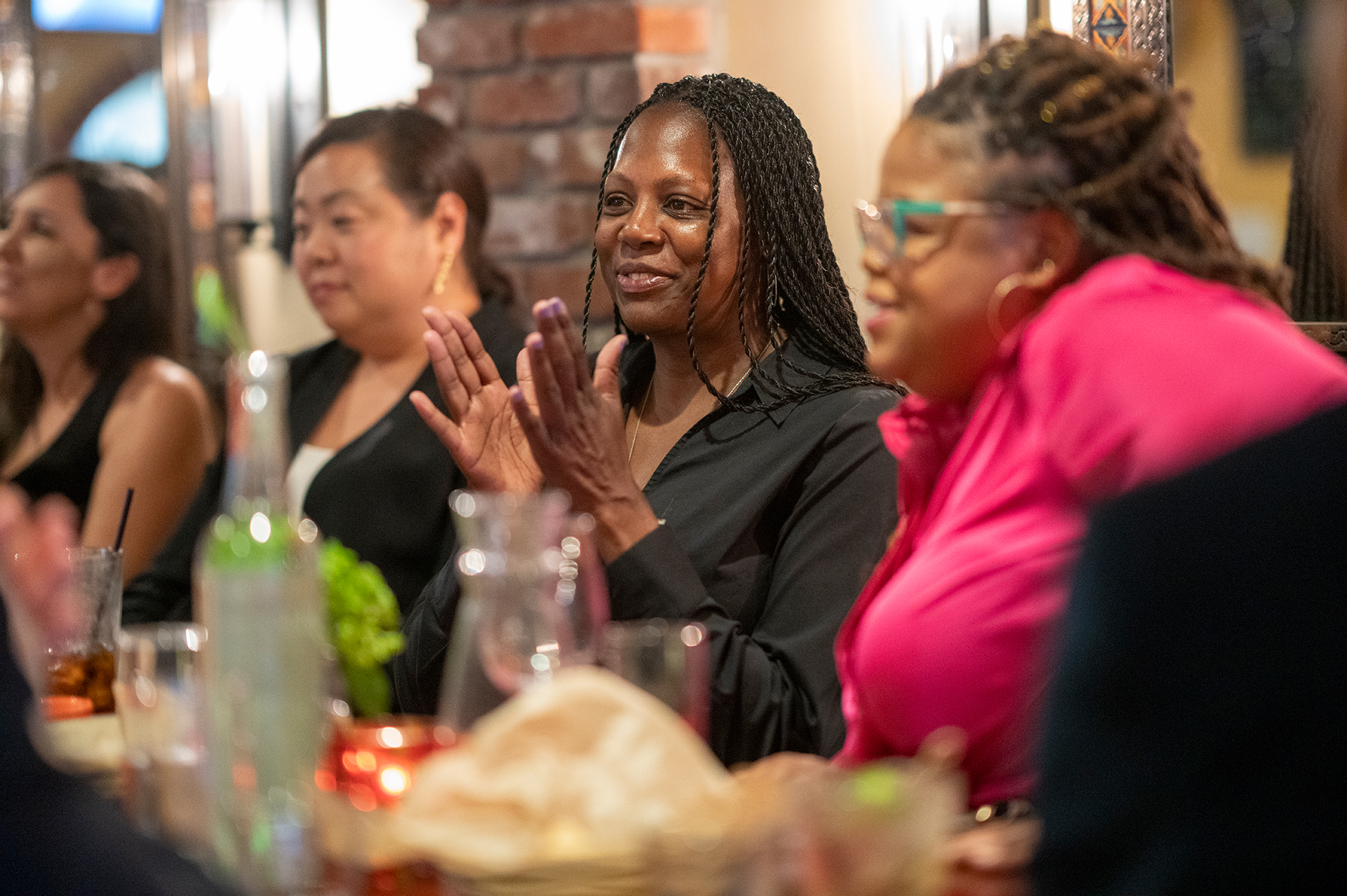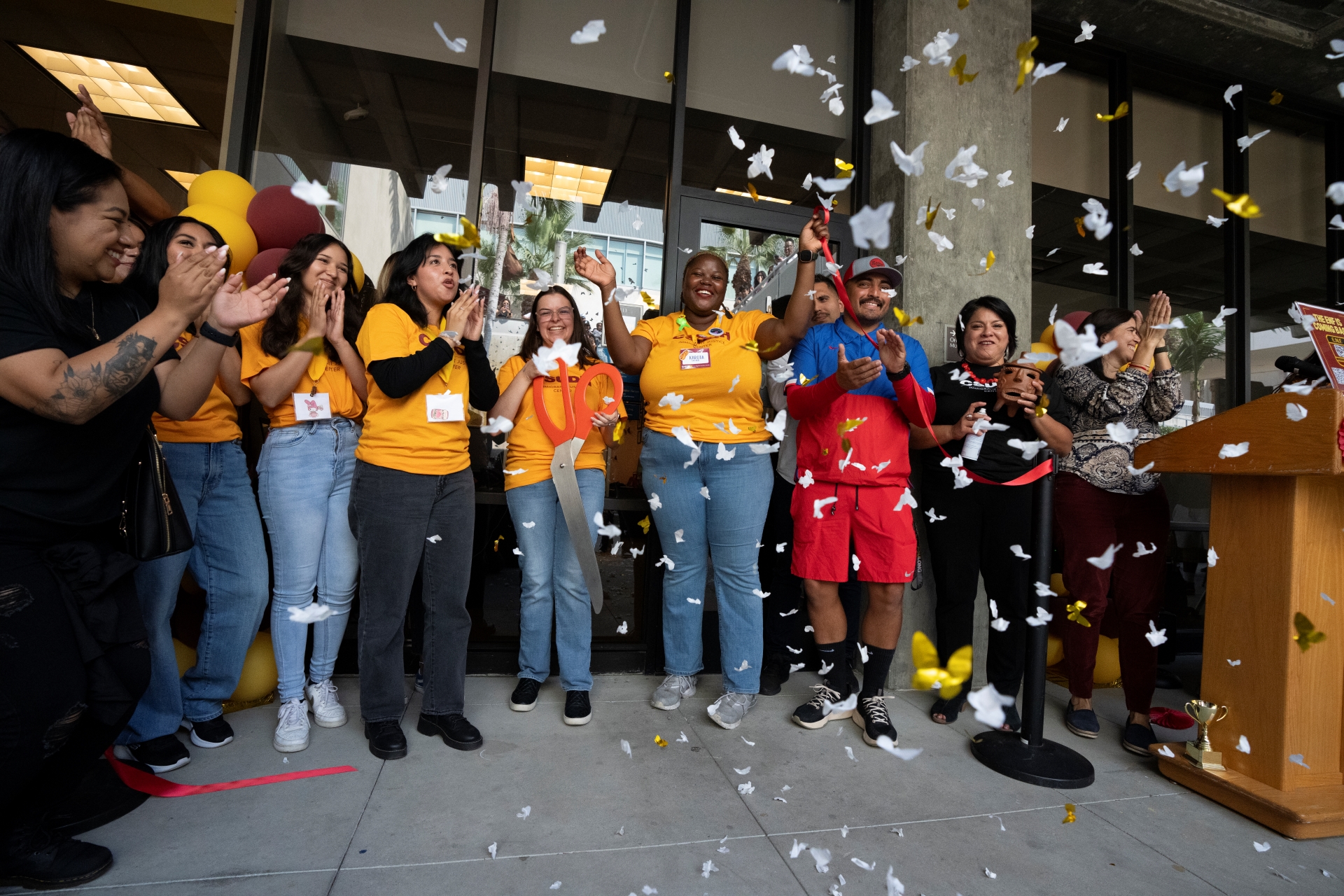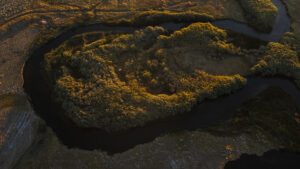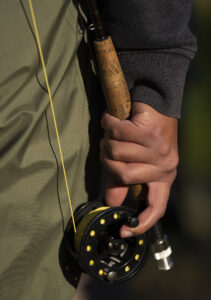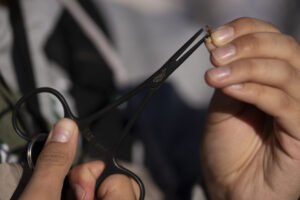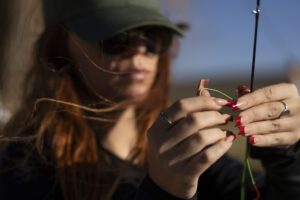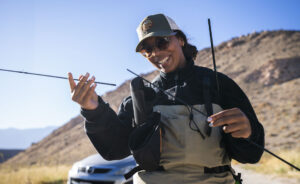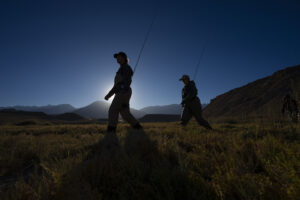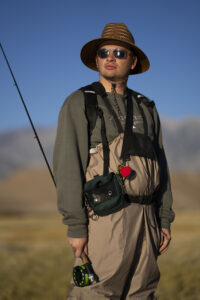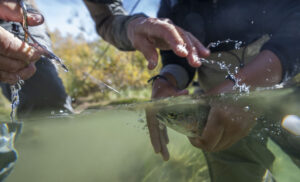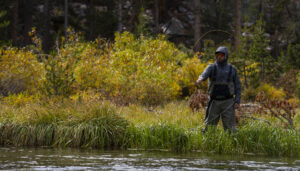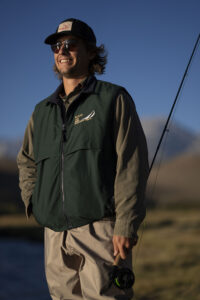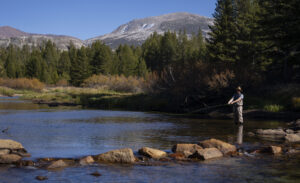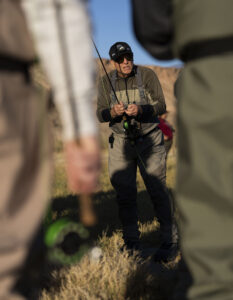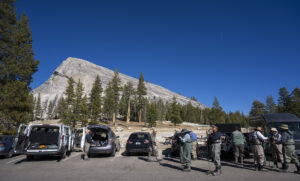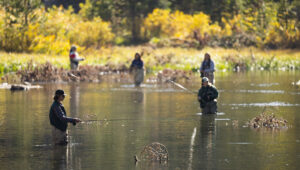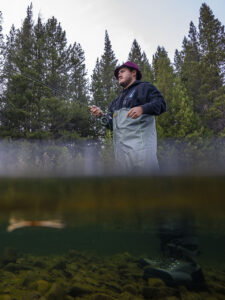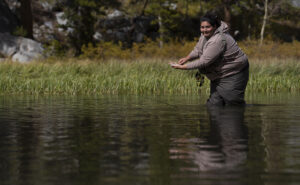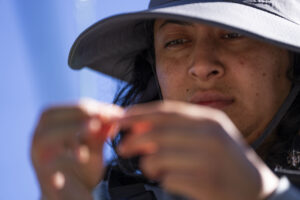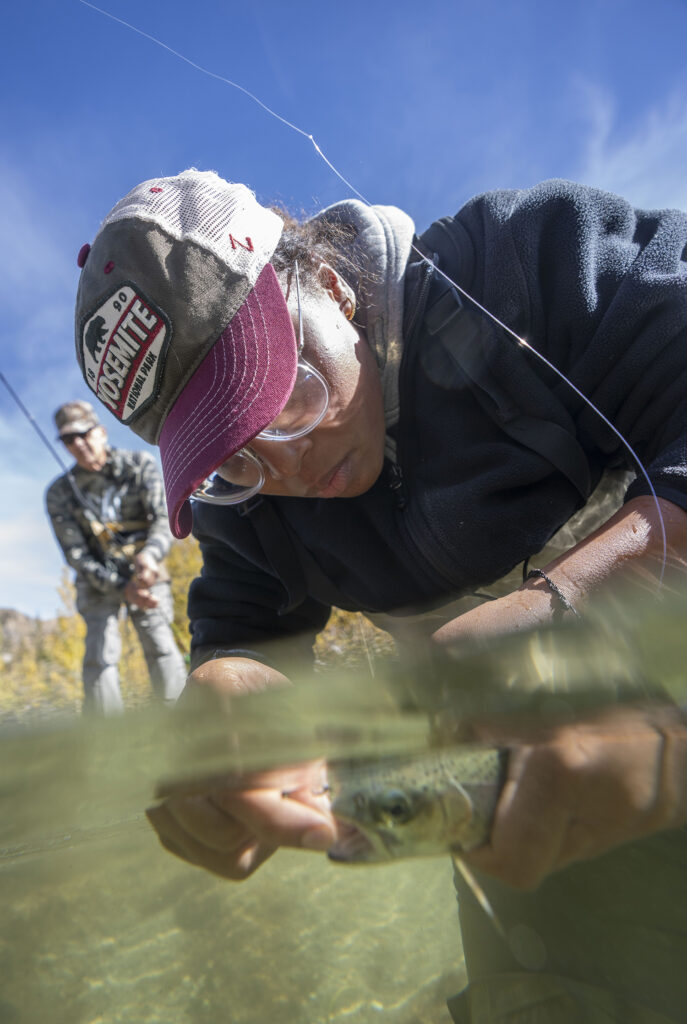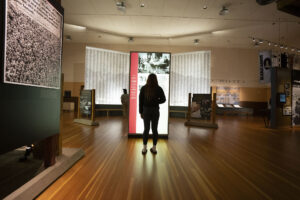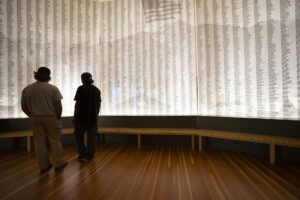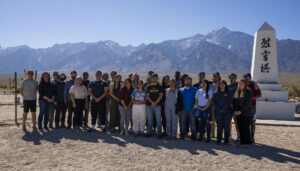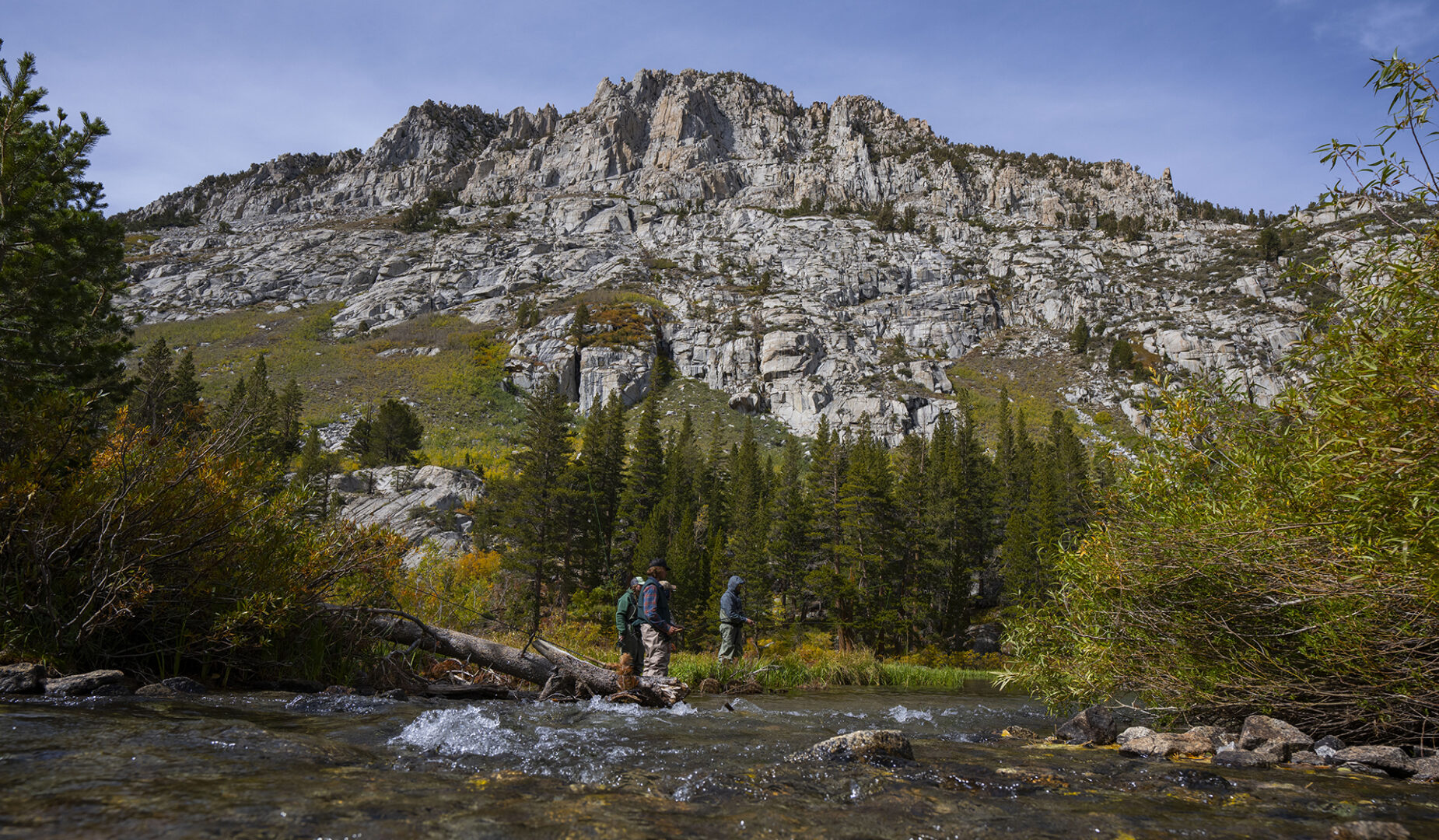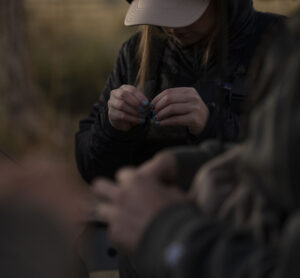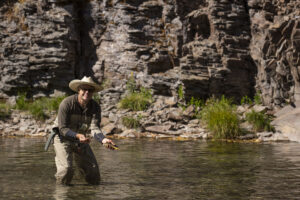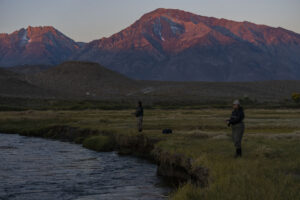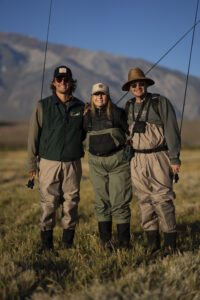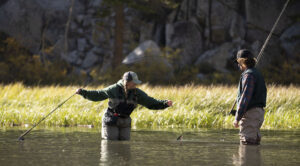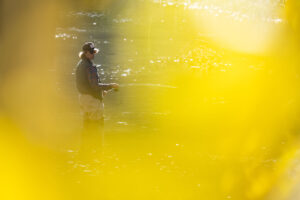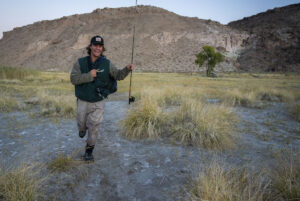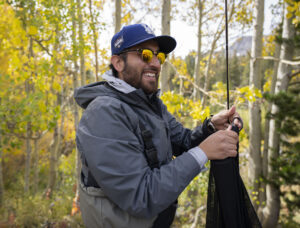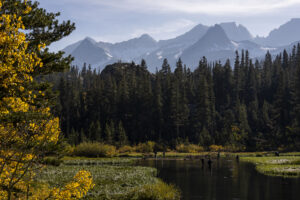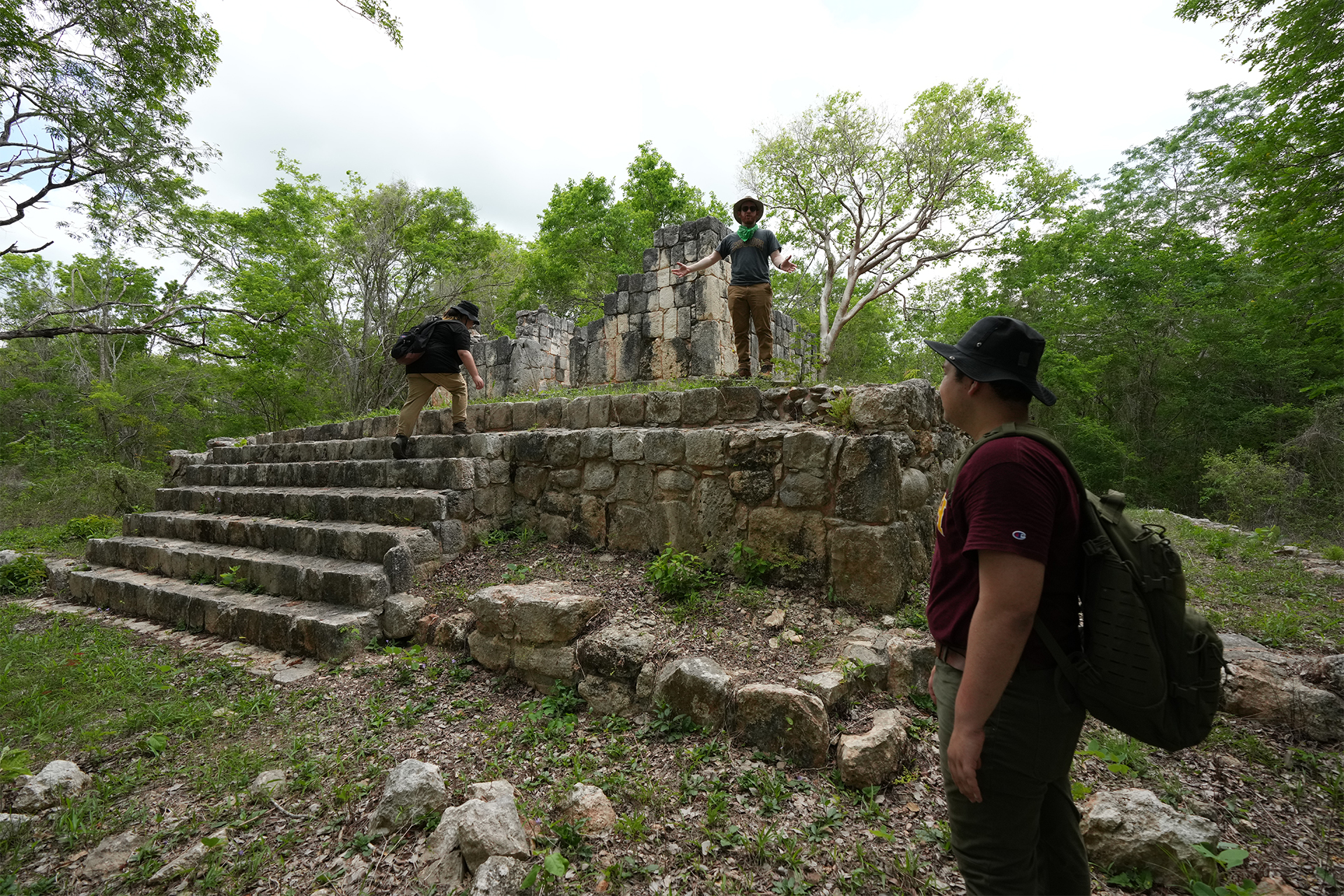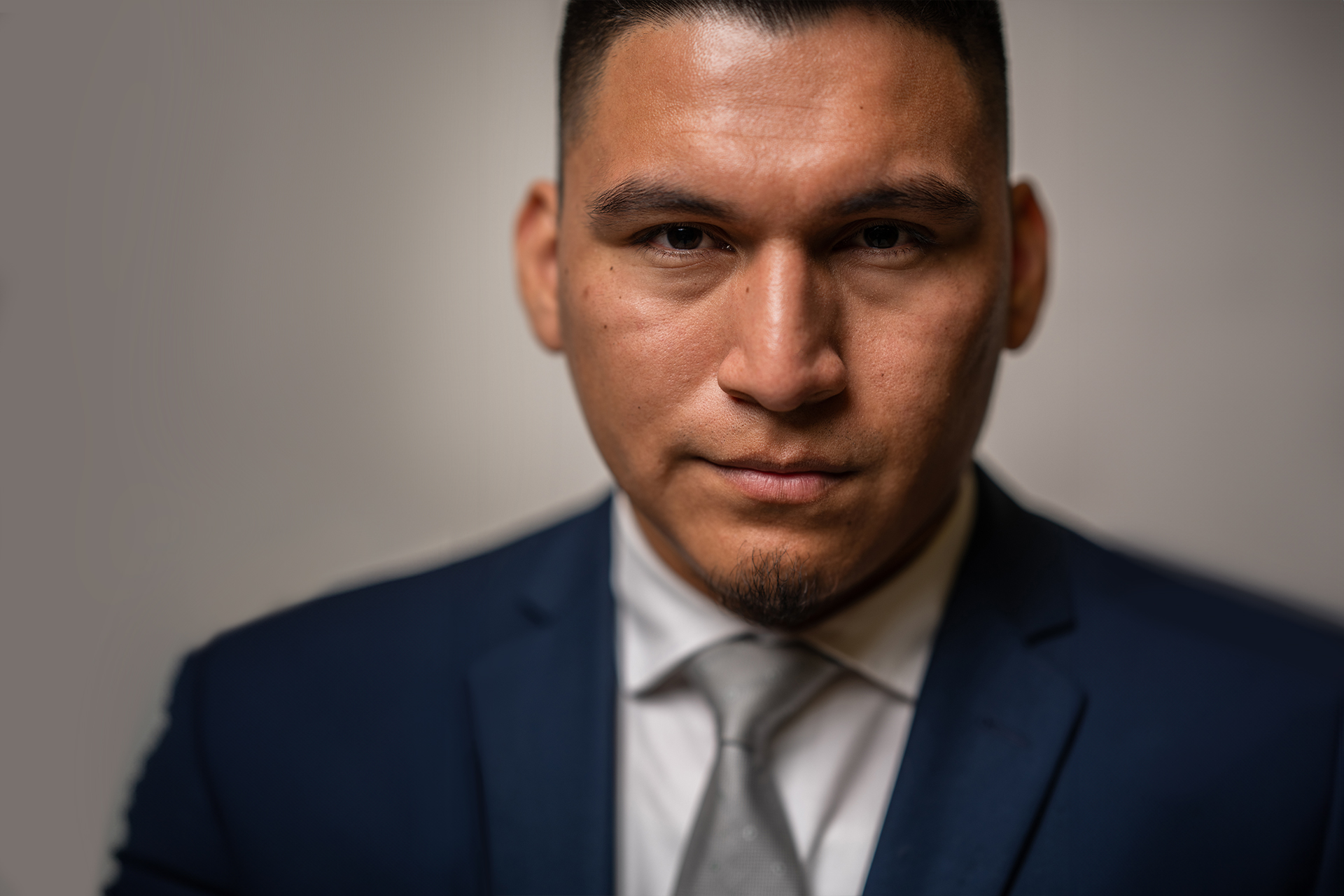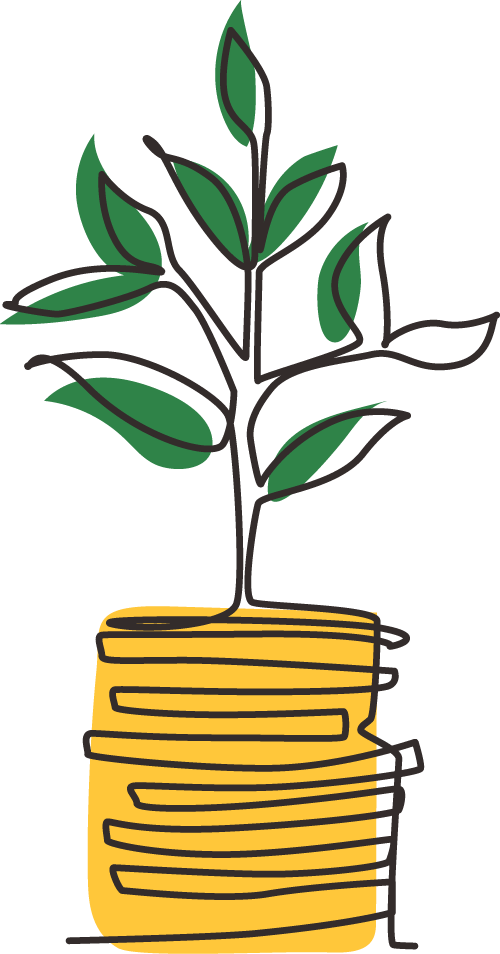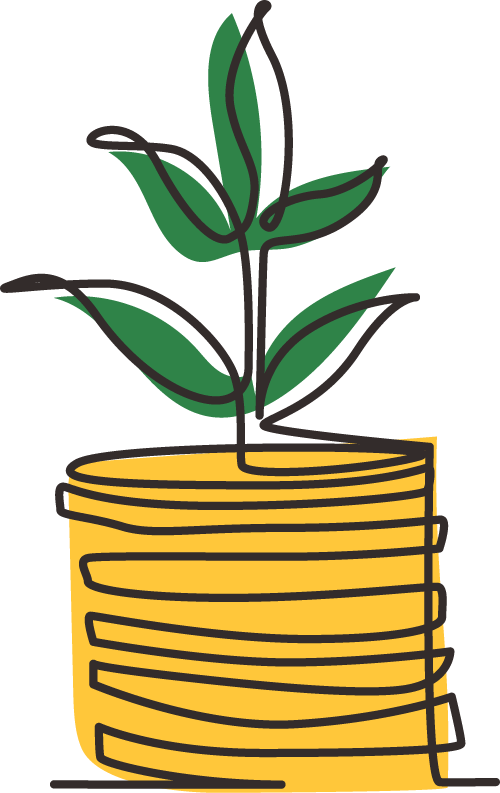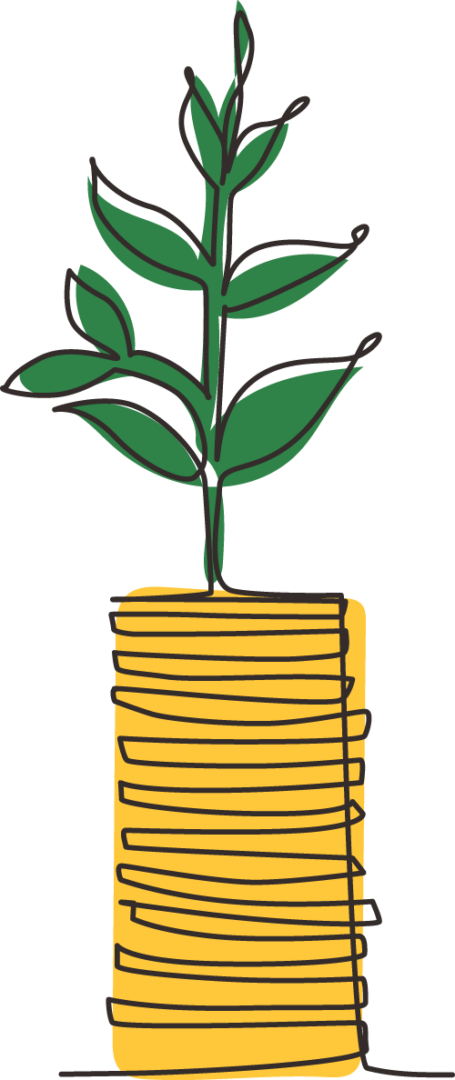Message From the President
Throughout my scholarly and cultural endeavors, I sometimes rely on wisdom sayings or aphorisms to contextualize spaces in time. 2025 is starting out to be one of those years that challenge our intellectual and emotional sensibilities. In this moment, I recall Martin Luther King Jr. telling us that “Life at its best is a creative synthesis of opposites in fruitful harmony.” I interpret this to mean that one’s greatest strength can sometimes also be a weakness, while a perceived weakness can often become a strength, depending on the context. Indeed, it is true is that limitations can turn into opportunities if we allow ourselves to see the possibilities. That mindset is on full display in the Toro community.
Our first lady, Davida Hopkins-Parham, and I truly believe that every challenge can be an opportunity, and I contend that even as we face serious state budgetary and externally derived cultural concerns, CSUDH is poised to succeed and transform itself. Indeed, the voices from the Black church echo the refrain that “Trouble don’t last always!”
Accordingly, I have been thinking about the Adinkra symbol and Ghanaian word “sankofa” lately. Its literal meaning is “go back and fetch,” and is symbolized by a bird with its neck and head turned backward. It represents the importance of learning from the past. In this time of transition, I want CSUDH to experience a sankofa moment—to go back and fetch, to rediscover the best of who we are and have been, and to bring that spirit of access for all, academic excellence, student success, transforming lives, and social justice forward into the present. Even in a time when notions of diversity, equity, inclusion, and justice are questioned by others, CSUDH will not retreat from our founding values. We will be unapologetic in our efforts to support and affirm the dignity and humanity of all people, regardless of their demographics.
Unquestionably, Davida and I believe that we must find a way to meet the moment while retaining the best of who we are. Indeed, state budget and external challenges are ever-present, and yet we continue to build new infrastructure to serve our university and students, and foster new opportunities to discover, learn, grow, and transform lives. I look forward to the journey ahead and invite you to stay tuned and to get involved!
What can you do to contribute to CSUDH’s present and future and turn your Toro pride into activity? We feel and appreciate your endorsement, but we need your advocacy and action. Clearly, we have some vexing choices ahead, and the road to CSUDH’s future will continue to have its share of bumps. With the continued engagement of the entire Toro community, CSUDH is sure to emerge from this era with a renewed sense of purpose—and a clear vision of how to achieve it. Why? Because “Trouble don’t last always,” and we are Toro Strong!
Sincerely, Thomas A. Parham, PhD
President

